Sun Exposure Impact on Tinea Versicolor
How Sun Exposure Affects Your Skin
Use this tool to simulate how different levels of sun exposure impact skin patches caused by Tinea versicolor. Adjust the sliders below to see how UV intensity and skin conditions affect the visibility of fungal discoloration.
Ever noticed small, lighter‑or‑darker patches on your shoulders, back, or chest that seem to get worse after a day in the sun? Most people don’t realize that a common fungus can play hide‑and‑seek with UV rays, turning a harmless skin tone change into a noticeable cosmetic issue. Below we’ll break down what’s really happening, why the sun matters, and what you can do to keep your skin looking even.
What causes fungal skin discoloration?
Tinea versicolor is a common fungal infection that produces skin discoloration. It’s caused by a lipophilic yeast called Malassezia, which lives harmlessly on most adults. When conditions on the skin become warm and oily-think summer heat, heavy perspiration, or tight clothing-this yeast multiplies, breaks down skin lipids, and produces acids that interfere with melanin production.
The result is a patchwork of lighter or darker spots, often described as “fish‑scale” because of the fine texture. These patches are usually asymptomatic, but the visual contrast can be frustrating.
How does sun exposure affect these patches?
Ultraviolet radiation (UV) from the sun stimulates melanocytes-the cells that make melanin-to produce more pigment as a protective response. In healthy skin, this leads to a tan. In skin affected by Tinea versicolor, the fungal acids have already disrupted melanin synthesis, so the affected areas either don’t tan (remaining lighter) or, less commonly, tan more intensely (appearing darker).
Two key mechanisms make the sun a spoiler:
- Uneven melanin response: UV triggers pigment production, but the yeast‑altered zones can’t keep up, creating a stark contrast.
- Heat & humidity boost yeast growth: Sun‑induced sweating creates an ideal environment for Malassezia to thrive, worsening the infection.
Spotting the sun’s influence
If you notice that patches become more visible after a beach day, a weekend hike, or even a strong afternoon walk, the sun is likely amplifying the condition. Typical clues include:
- Color contrast is strongest on days with high UV index.
- Patches feel slightly oily or tacky in warm weather.
- The discoloration fades in winter or after prolonged indoor periods.
These patterns help you decide whether lifestyle tweaks or medical treatment are needed.
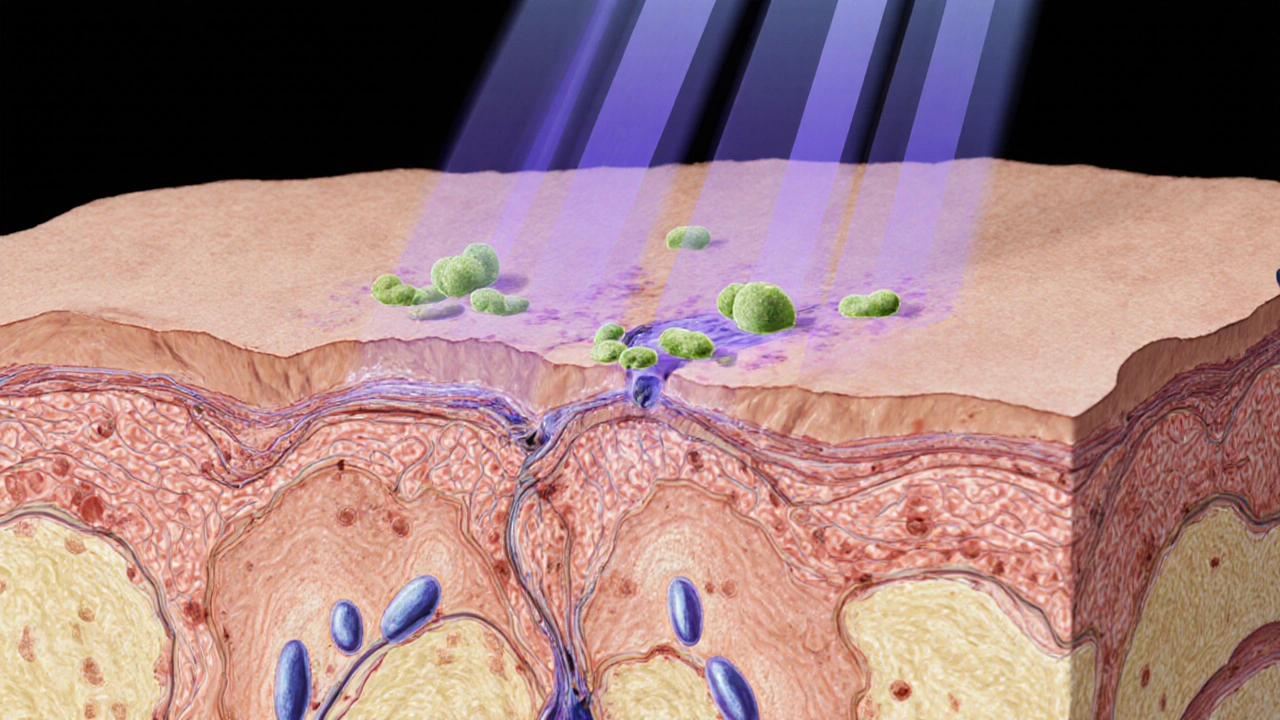
Prevention: Sun smart habits that keep fungus in check
Keeping the fungus and the sun from teaming up is easier than you think. Here are practical steps you can adopt today:
- Apply a broad‑spectrum sunscreen with SPF 30 or higher every morning. Reapply every two hours, especially after swimming or sweating.
- Choose breathable, loose‑fitting clothing made from moisture‑wicking fabrics to reduce skin oil buildup.
- Take cool showers after heavy activity to rinse away excess sebum that feeds the yeast.
- Limit prolonged sun exposure between 10am and 4pm when UV intensity peaks.
- Consider an antifungal body wash (e.g., shampoos containing selenium sulfide) a few times a week during summer months.
Treatment options you can try at home
When prevention isn’t enough, straightforward treatments can clear the infection and reduce discoloration.
| Form | Active Ingredient | Typical Duration | Pros | Cons |
|---|---|---|---|---|
| Topical cream | Clotrimazole (1% azole) | 2‑4 weeks | Easy to apply, few side effects | May not reach deep‑seated yeast |
| Topical lotion | Selenium sulfide (2.5%) | 1‑2 weeks | Fast‑acting, affordable | Can cause temporary skin irritation |
| Oral tablet | Fluconazole (150mg) | 1‑2 doses | Effective for widespread infection | Requires prescription, possible systemic side effects |
Most mild cases respond well to topical azoles like clotrimazole or ketoconazole. For stubborn or extensive patches, a short course of oral fluconazole can reset the yeast balance. Always follow label instructions or a healthcare provider’s guidance.
When should you see a dermatologist?
Although Tinea versicolor is generally harmless, you’ll want professional help if:
- Discoloration covers a large body area or spreads quickly.
- Topical or over‑the‑counter treatments haven’t improved the skin in two weeks.
- You experience itching, burning, or secondary infection signs (redness, pus).
- You have an underlying condition like diabetes or a weakened immune system that could complicate fungal growth.
A dermatologist can confirm the diagnosis with a Wood’s lamp exam or skin scraping, then prescribe stronger antifungals if needed.
Key takeaways
- Fungal skin discoloration often becomes more noticeable after sun exposure because UV‑driven melanin changes highlight the uneven pigment.
- Warm, oily skin creates a perfect breeding ground for Malassezia. Sunscreen, breathable clothing, and cool showers cut down the problem.
- Over‑the‑counter topical azoles or selenium sulfide work for most cases; oral antifungals are reserved for extensive infections.
- If home care fails or you develop discomfort, schedule an appointment with a dermatologist promptly.

Frequently Asked Questions
Can sunscreen completely prevent Tinea versicolor?
Sunscreen won’t cure the fungus, but it reduces UV‑induced contrast and protects skin from the heat that fuels yeast growth. Combine sunscreen with other prevention steps for best results.
Why do some patches appear darker instead of lighter?
In rare cases the fungus stimulates excess melanin, leading to hyperpigmented spots. Sun exposure can amplify this effect, making the dark patches stand out even more.
Is Tinea versicolor contagious?
Generally no. The yeast lives on everyone’s skin, but an infection develops only when conditions allow overgrowth. Direct person‑to‑person spread is uncommon.
Can I use natural remedies like tea tree oil?
Tea tree oil has antifungal properties, but evidence on its effectiveness for Tinea versicolor is limited. It may help mild cases, but for reliable clearance stick with proven azole or selenium treatments.
Will the discoloration disappear after treatment?
The fungus clears quickly, but the pigment may take weeks to normalize. Continued sunscreen use speeds up the fading process and prevents new contrast.
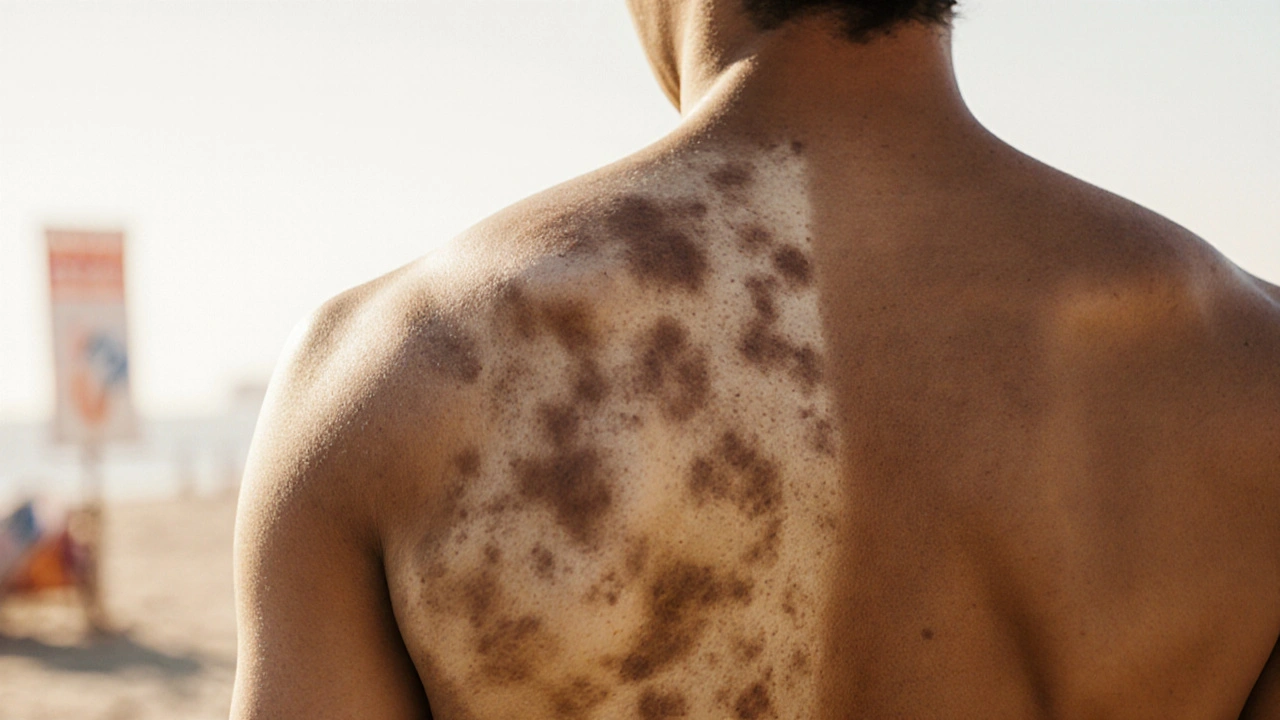
 Guide to Affordable Cialis Soft Online: Maximizing Sexual Health
Guide to Affordable Cialis Soft Online: Maximizing Sexual Health
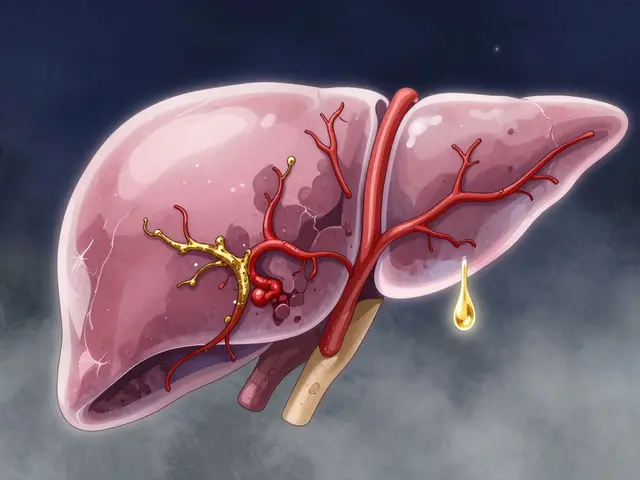 Cirrhosis: Understanding Liver Scarring, Failure Risk, and Transplant Options
Cirrhosis: Understanding Liver Scarring, Failure Risk, and Transplant Options
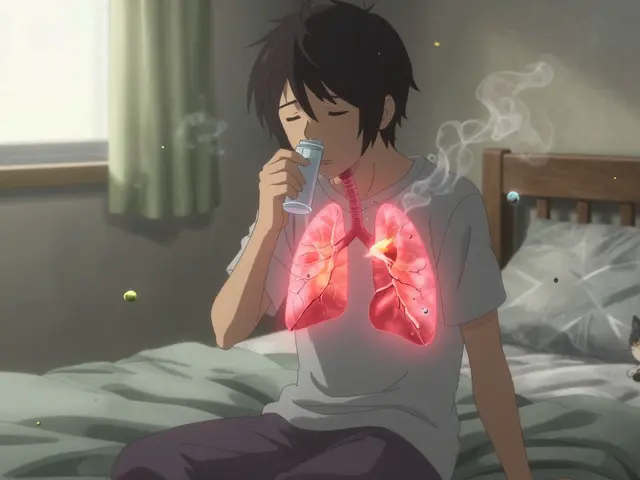 Asthma-Allergy Overlap: How Allergens Fuel Airway Inflammation and What to Do About It
Asthma-Allergy Overlap: How Allergens Fuel Airway Inflammation and What to Do About It
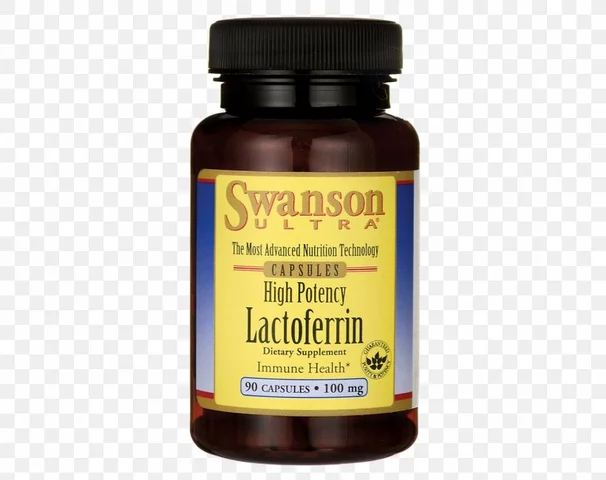 IP-6: The Dietary Supplement That's Taking the Health World by Storm
IP-6: The Dietary Supplement That's Taking the Health World by Storm
 Boost Your Health with Cat's Foot: The Ultimate Dietary Supplement You Need!
Boost Your Health with Cat's Foot: The Ultimate Dietary Supplement You Need!
Kyle Rensmeyer
October 3, 2025 AT 08:34Sun makes the fungus shine like a neon sign 😂
Rod Maine
October 10, 2025 AT 08:34Honestly, this article is a trivial overview, delving into the pathophysiology of Malassezia like a sophomore med studant. The author could've cited primary literture instead of regurgitating Wikipedia fluff.
Othilie Kaestner
October 17, 2025 AT 08:34In the good old USA we’ve got sunscreens that actually work, otherwise folks just suffer from fungal patches while binge‑watching.
Sebastian Samuel
October 24, 2025 AT 08:34You think you’ve tried every sunscreen? 😂 Let me guess, you’re still using that cheap spray from the discount aisle 😒.
Mitchell Awisus
October 31, 2025 AT 07:34Wow, what a thorough breakdown, folks! The way you listed the prevention steps is practically a checklist for anyone who ever stepped into the sun, and honestly, it’s refreshing to see such detail, especially the bit about selenium sulfide-sometimes the simplest solutions are the most effective, and yeah, reapplying sunscreen every two hours is a habit we should all adopt.
Annette Smith
November 7, 2025 AT 07:34Sunlight can make the fungus on your skin look worse because the healthy skin tans while the infected spots often stay the same color. When the skin around the patches gets darker, the contrast becomes obvious. The fungus called Malassezia lives on everyone’s skin, but it only overgrows in warm, oily conditions. Heat and sweat are perfect for this yeast to multiply. That’s why you notice the spots more after a day at the beach or after a sweaty workout. The yeast produces acids that interfere with melanin production, which is the pigment that gives skin its color. Without melanin, the patches stay lighter, and the surrounding skin looks darker. Some people actually get darker patches because the fungus triggers extra melanin in certain areas. Either way, the result is an uneven skin tone. Using a broad‑spectrum sunscreen can block UV rays that cause the surrounding skin to tan. It also reduces the heat that encourages the yeast to grow. Wearing loose, breathable clothing helps keep the skin dry and less oily. Cool showers after sweating wash away excess oils that feed the fungus. Over‑the‑counter antifungal shampoos can be used on the body to kill the yeast. With consistent care, the patches fade and the skin tone becomes more even over time.
beth shell
November 14, 2025 AT 07:34While the science behind UV‑induced contrast is clear, it’s also worth noting that individual skin types react differently, so a one‑size‑fits‑all approach may not be optimal.
khushali kothari
November 21, 2025 AT 07:34From a dermatopathological perspective, the photobiological modulation of melanogenic pathways in Malassezia‑induced dyschromia exemplifies a synergistic interaction between exogenous UV‑induced oxidative stress and endogenous lipid‑derived metabolites that inhibit tyrosinase activity, thereby precipitating hypopigmented maculae amidst photoadapted epidermis.
Brandon Smith
November 28, 2025 AT 07:34It is frankly irresponsible to disseminate such half‑baked advice without emphasizing the necessity of professional dermatological consultation, especially when dealing with opportunistic fungal pathogens that can exacerbate comorbid conditions.
darwin ambil
December 5, 2025 AT 07:34Whoa, chill out! 😂 I’m just trying to help people avoid those annoying spots, not replace a doctor’s opinion.
Kelvin Van der Maelen
December 12, 2025 AT 07:34Oh great, another “expert” tells us to slather on sunscreen like it’s a magic potion, while ignoring the fact that many of us can’t afford premium brands.
Joy Arnaiz
December 19, 2025 AT 07:34While the economic considerations are noted, it remains imperative to prioritize photoprotection as a prophylactic measure against UV‑mediated melanin dysregulation, irrespective of product cost.